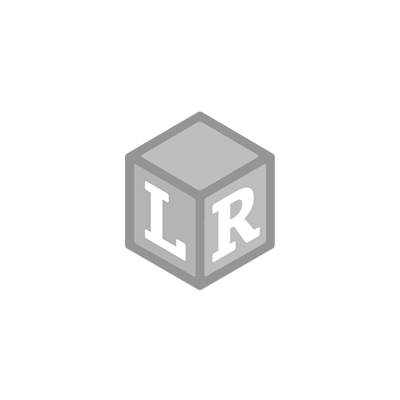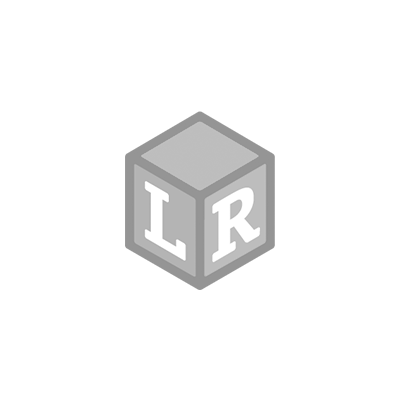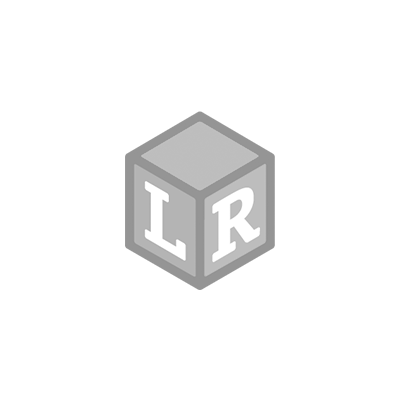
DIY Edible Sugar Glass!
- Patria Lincoln Posted On Apr 29, 2019 | STEM
Today we are going to be making candy sugar glass, but first, let's learn how glass is made!
When glass is created, it’s formed from liquid sand at a temperature of 3090°F. After molten sand has cooled, it undergoes a complete transformation, making up a different inner structure entirely. That “frozen” liquid state is what scientists refer to as an amorphous solid – a cross between the organized molecules of a solid and the molecular randomness of a liquid.

We are going to deliciously recreate this phenomenon by making sugar candy glass! The fine sugar we use will act as the sand. Then heat we apply will turn the sugar into an amorphous solid, creating an edible, translucent candy.
IMPORTANT TO NOTE: This tasty and fun experiment is an exercise in chemistry, but is only suitable for children who have the understanding between edible candy glass and real glass. Additionally, heating the sugar will bring it up hundreds of degrees, and can scald unprotected skin. There will be plenty of matter changes to discuss and fun to be had for your little chemists, but adult supervision is necessary.
Let’s get started!
You will need:
¼ cup of caster sugar/superfine sugar
3 tablespoons glucose syrup
60ml water
Pinch of cream of tartar
Parchment paper
Candy thermometer
Cooking spray
Heat proof spatula
Food coloring

Step 1
Line a baking sheet with parchment paper, grease it with cooking spray.
Step 2
Directly into a saucepan, place the caster sugar, glucose, water, and cream of tartar.
Caster sugar is a superfine sugar used by many pastry chefs. It is granulated very fine, making it very easy to dissolve.

Glucose syrup, also known as confectioner’s glucose, is made from the breakdown of starch. It’s also sugar. (And my goodness, it’s sticky! We suggest you spray your measuring spoons with cooking spray ahead of time so the syrup just slides out).

Because the glucose syrup is so syrup-y, craft sticks make great stirrers. You can just pitch them when you are done. We even sprayed a little piece of parchment paper with cooking spray so our stick had a place to rest in between stirs.

Step 3
Add food coloring at this time if you’d like, but it is not necessary. Very slowly bring the ingredients to a boil, then up to a 300°F temperature, stirring frequently. Believe it or not, it might take almost a half hour to bring it to temperature! (Your little chemists might lose interest as this point, but there’s more fun to come).
During the course of this experiment, you will see three different states of matter for the caster sugar. Discuss the changes you see – from solid, to liquid, then the upcoming amorphous state.
Step 4
Once you have reached 300°F, carefully pour out the molten mixture out on the baking sheet lined with parchment and oil. Spread across the tray as thin as possible. Do not touch the baking sheet for one hour.
After an hour, call your little chemists back to the kitchen for the big reveal. Unbelievable that a fine sugar was once was so hot is now a sheet of glass!

Step 5
Now comes the fun part – begin to break a part the candy. It shatters like real glass. Watch for sharp edges!
Taste test time! The candy glass is very hard, so we all decided it was best to eat like a lollipop. Licking it was far easier than trying to bite it! Your dentist will appreciate this step.
Step 6
Store the leftover sugar glass in a sealed container. Sugar glass is hygroscopic, which means it will attract water from its environment, so it will quickly soften if surrounded by humidity.
Sugar candy glass is a sweet way to explore chemistry!
Save it for later!

 Shop UK Site
Shop UK Site 







